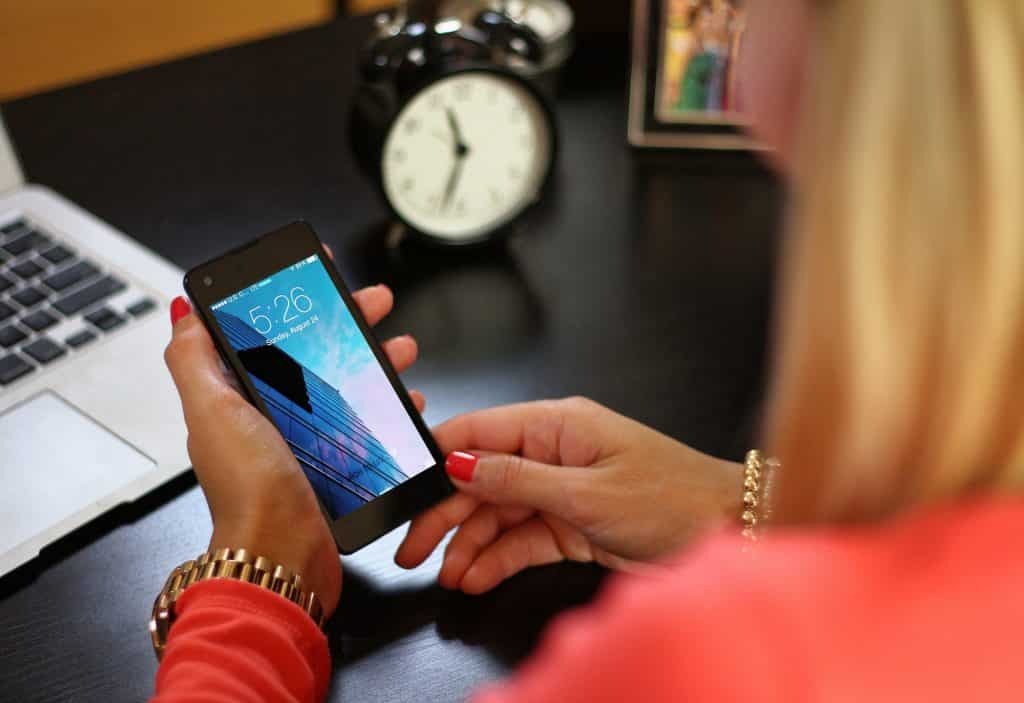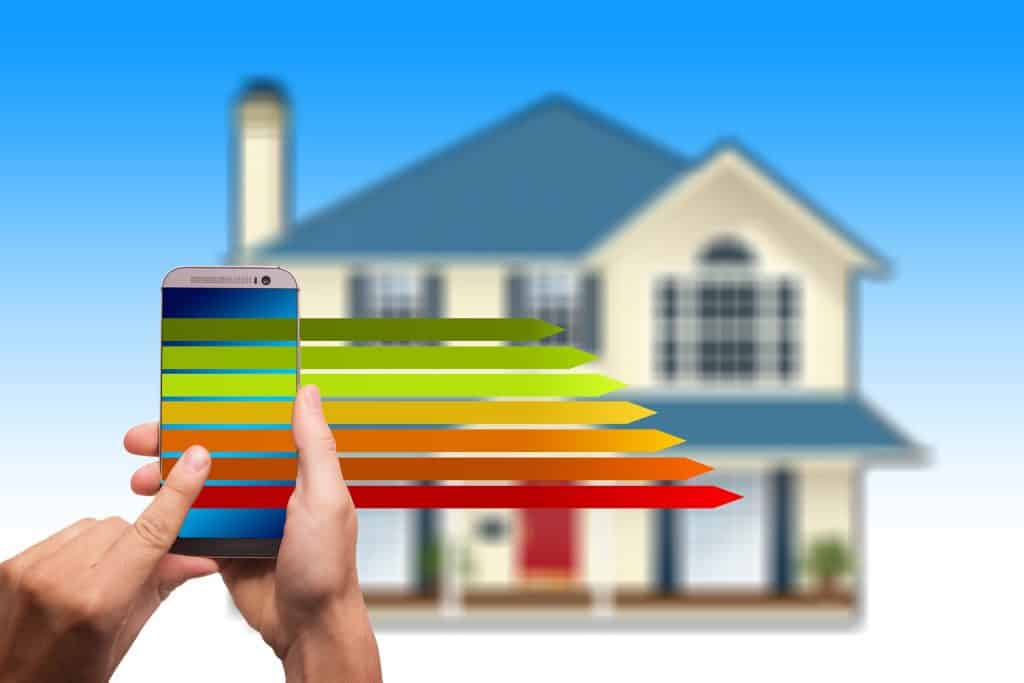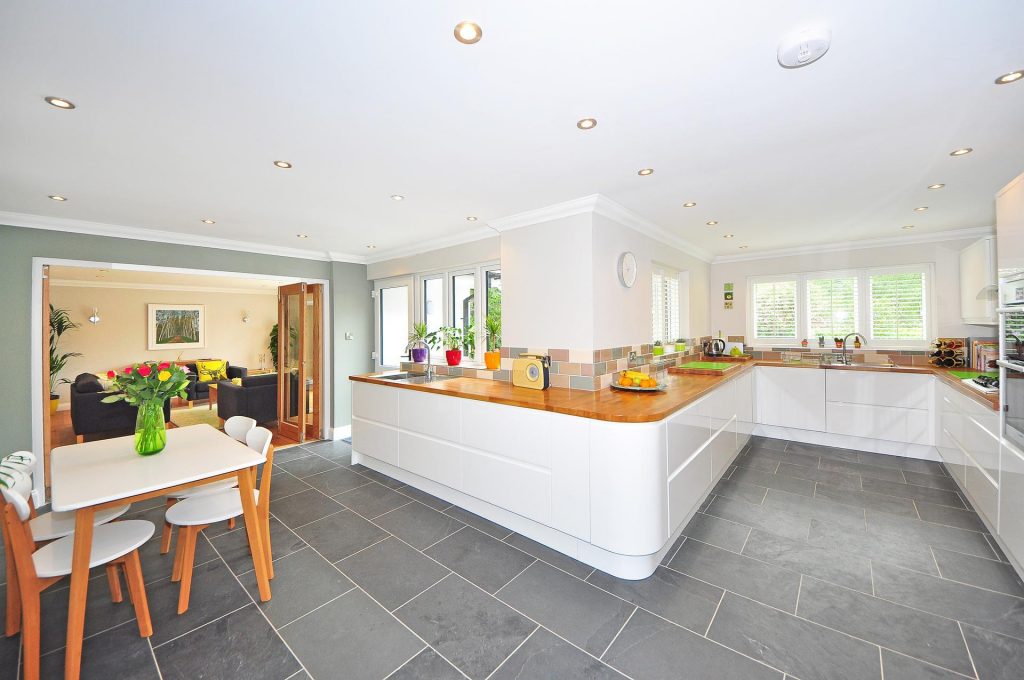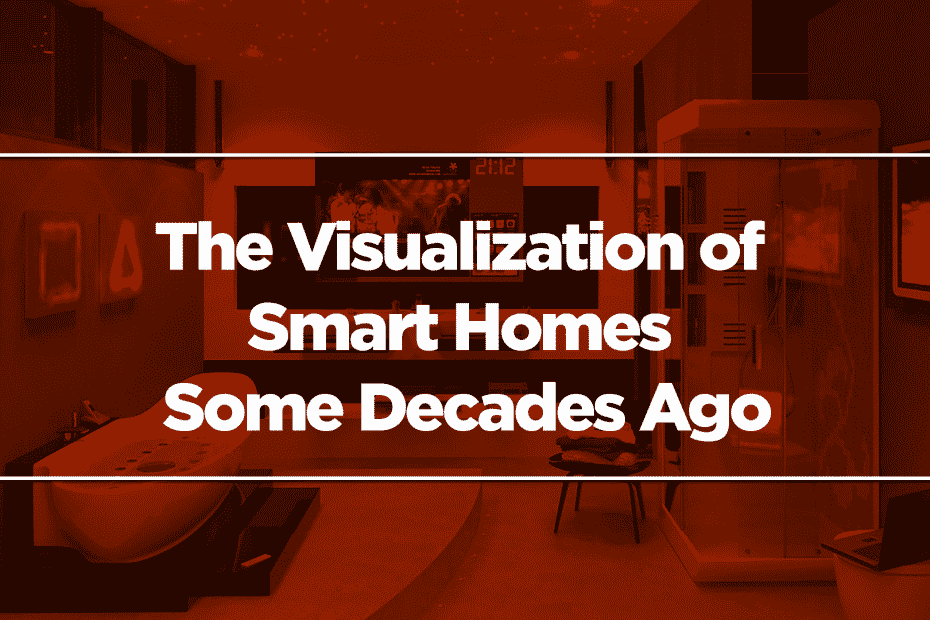We know what smart homes look like today; they have smart speakers, lights, and thermostats. Some may also have smart beds, smart bathtubs, smart ovens, and smart refrigerators. Smart security systems, including security cameras, motion sensors, and video doorbells, protect these devices and the homeowners.
You can now live in them as they have already been realized. But people have been dreaming about them even before someone coined the term “smart homes.”
The 1960s was the golden age for futurism, but things started in the 1950s. Landmark sci-fi films “It Came from Outer Space” and “The Day the Earth Stood Still” hit the silver screen in this era. Frank Hebert started writing Dune – one of the most loved sci-fi series. Also, glass-domed houses started popping up.

From that era also came predictions and visualizations of what smart homes would look like, even though the term did not exist yet.
One particular video stands out. It is a Westinghouse promotional video titled “Westinghouse Total Electric Home.” It portrayed what they thought an “all-electric home” – the term they used for smart homes – would look like. They also explained how these technologies would assist homeowners in their daily lives.
Of course, their predictions are not 100% accurate. But they came very close. Here, let us review how accurate their predictions are.
Walkway Lighting
The video showed people walking towards the front door of the house. As they approached, the “rayescent strip lighting” lining the walkway illuminated the area automatically.
This type of tech exists today, though no one calls it that. Instead, it is just smart lighting. Smart light bulbs like the Sengled Smart LED with Motion Sensors do just that. They focus on low-impact, minimal designs, and motion sensing.
Video Doorbells
The next tech on the video is how they imagined video doorbells would be. The narrator explains that a television camera takes a picture of guests when they arrive at the front door. That informs the homeowner that they have visitors.
The tech they imagined is only for alerting the homeowners that their guests have arrived. That’s a little different from how people in the 21st century use video doorbells.
Video doorbells, like Ring Doorbells, increase accessibility to smart home technology and home security. It shows that people in the 2020s are more concerned about the physical security of their homes than in the 1950s. In fact, smart home security devices are growing to over 10% adoption in all broadband households.
The Westinghouse’s and the modern video doorbells are used differently. But the concept behind the technology is the same.
Smart Thermostats and Room Temperature Control
Westinghouse also visualized techs related to temperature control. The narrator called it the “weather center – the pride and joy of the man in the house” It puts the homeowner in charge of the entire home’s heating, cooling, and air filtering. This tech enables that by providing control of each room’s temperature.
This tech is also helpful for “the amateur weatherman.” The “weather center” reports outside wind velocity and direction, temperature and humidity, and barometric pressure.
The “weather center” also de-ices the driveway during winter. It also automatically starts the sprinklers when the ground gets thirsty.
How accurate did they get? They hit the bullseye about the homeowner’s desire to have dialed-in temperature control throughout the house. However, the “weather center” takes a lot more space than smart thermostats. Modern, high-efficiency thermostats are only as big as one of the dials of the hypothetical system shown in the video.

Smart thermostats don’t report outside wind velocity and direction and barometric pressure. However, some smart thermostats automatically adjust depending on outside weather conditions. So the predictions are slightly off. That’s because they did not predict people would be relying on the internet and apps for weather reports. Survivalist bunkers may want a smart thermostat with those features, though.
There’s no smart device for de-icing your driveways. Smart thermostats don’t have control over sprinklers because that is a smart sprinkler systems’ job. Like the hypothetical device, they start sprinklers based on outside weather.
Home Theaters and High-Fidelity Audio
This section is where Westinghouse demonstrated how imaginative it could be. They visualized an entertainment center and home theater combined into one space.
In this space, the television angles towards the viewer. One press of a button on the radio automatically selects and plays the latest hit record. The tech “stereo fidelity” play records on speakers that surround listeners with music. Last, one push of a button brings down a motorized projector screen.
Their predictions are not accurate to what we have now, but they are not entirely off-base. For instance, televisions have indeed improved. They don’t swivel, but they have advanced in their resolution and ability to connect to the internet.
On the other hand, record players almost ceased to exist; retro lovers still use them. Most people prefer other devices for listening, especially non-touch smart speakers.
The narrator mentioned that “special speakers” surround you with sound. That’s an accurate description of what surround sound is.
Next is the motorized projector screen. The narrator said that “the lights lower automatically, a large movie screen comes down, and it’s time for the show.”
Smart lights can dim automatically with routines. And combining that with motorized screens is commonly done with 21st-century home theaters.
Conclusions
Westinghouse was not the first to envision what future homes would be. But it is perhaps the first to make a video containing all the technological advancements they can think of. It is fascinating to see how they imagined smart homes and how smart homes actually ended up looking.

Through the film, we also see how much technology has improved and how it can still improve. The analog design of systems shown in the video is now obsolete. But the swiveling feature of TVs and automatic de-icing of driveways are not here yet.
If the video got one thing spot on, that’s the predicted intentions for complete user control.
